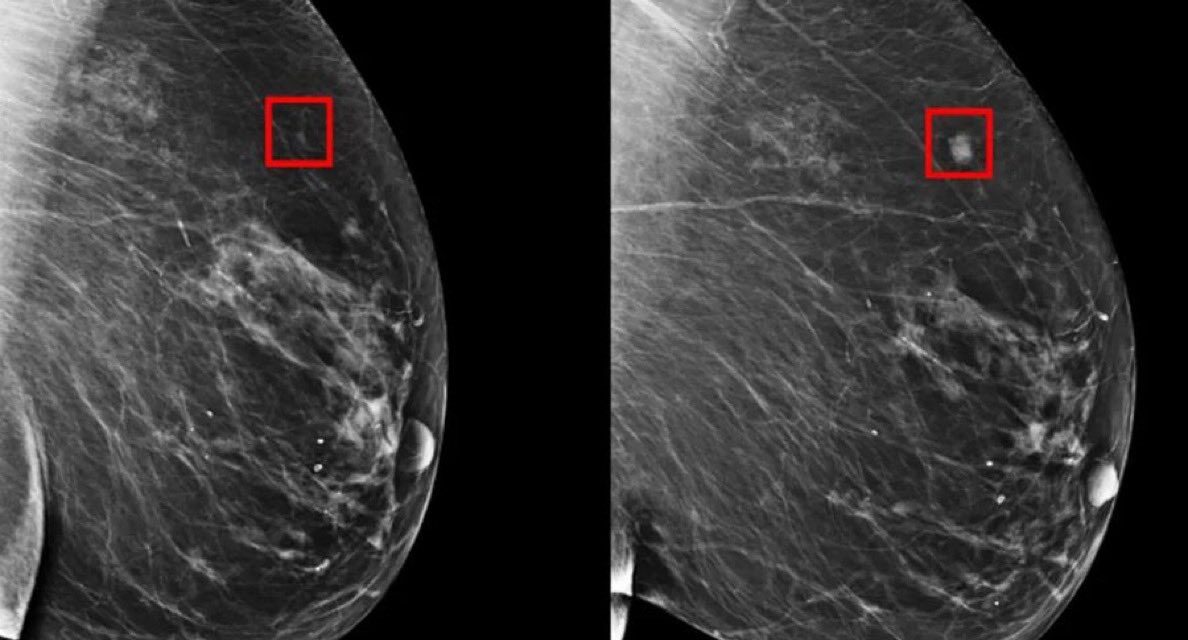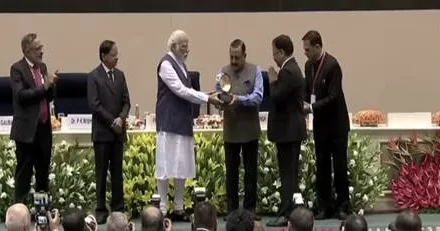Having dense breasts is a significant risk factor for breast cancer and can make detecting cancer on mammograms more challenging. However, depending on where you live, the advice you receive regarding breast density and further imaging may vary.
Understanding Breast Density
Breasts are composed of fatty tissue and fibroglandular tissue, which includes glands responsible for milk production and fibrous connective tissue. On a mammogram, fatty tissue appears dark, whereas fibroglandular tissue appears white, creating the concept of breast density.
Breast density is categorized into four levels:
- A: Almost entirely fatty
- B: Scattered fibroglandular density
- C: Heterogeneously dense
- D: Extremely dense
Approximately 40% of women aged 40–74 fall into categories C or D, meaning they have dense breasts.
The Link Between Breast Density and Cancer
Breast density is associated with an increased risk of developing breast cancer and can obscure tumors on mammograms. Research has shown that women over 50 with the highest breast density have a 14.7% risk of developing breast cancer, compared to 6.2% for those with the lowest density.
While screening mammograms are crucial for early detection, it remains unclear whether notifying women about their breast density leads to earlier diagnoses or improved survival rates.
Variability in Advice Across Australia
Australia offers free mammographic screening for women aged 40 and older through BreastScreen Australia. Women aged 50–74 receive invitations for regular screenings, but the messaging regarding breast density varies by state.
In 2023, the Royal Australian and New Zealand College of Radiologists recommended recording breast density during screenings. However, BreastScreen Australia’s current 2020 policy does not support routine recording or additional testing for women with dense breasts, though this stance is under review.
Certain states, such as Western Australia, South Australia, and soon Victoria, have implemented notification systems to inform women if they have dense breasts. However, none currently recommend additional imaging without consulting a doctor.
Challenges in Breast Density Screening
The European Society of Breast Imaging suggests that women aged 50–70 with extremely dense breasts undergo MRI screening every two to four years, alongside mammograms. However, Australia faces challenges in implementing this recommendation due to the high costs, staffing limitations, and accessibility issues.
Moreover, there is no consensus on how to approach screening for women in category C, who also have heterogeneous density.
The Need for a National Strategy
Australia lacks a unified approach to breast density reporting and follow-up recommendations. With BreastScreen Australia currently reviewing its policies, there is hope for a more consistent national approach to breast screening and funding for breast density reporting.
As research evolves, ensuring equitable access to information and screening options for women with dense breasts should remain a public health priority.
Disclaimer: This article is for informational purposes only and does not constitute medical advice. Readers are encouraged to consult healthcare professionals for personal guidance regarding breast cancer screening and breast density.












